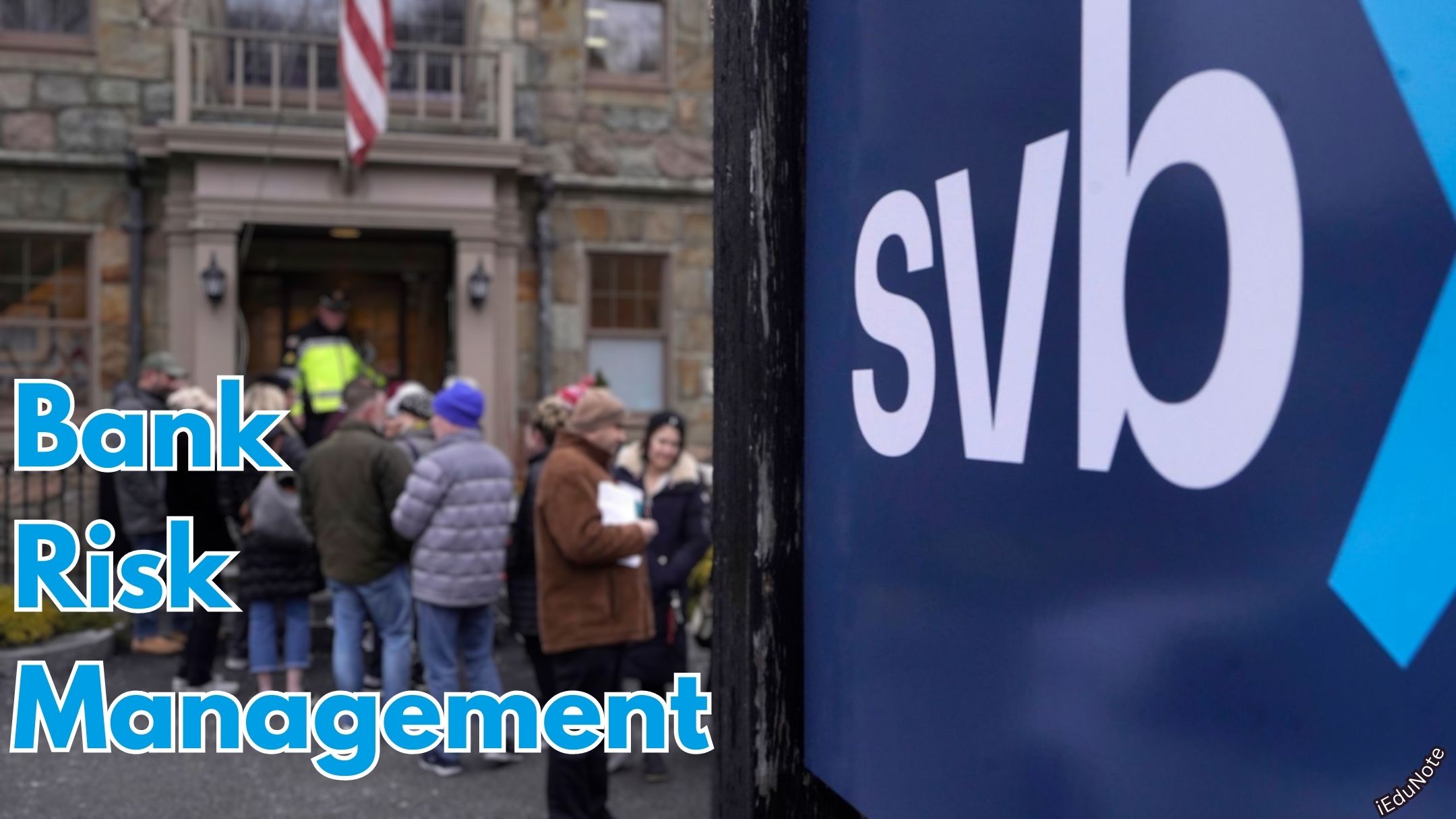Risk is involved with every business. An insurance policy is taken for the deposited amount to avoid trouble in the banking business. The intention is that if the bank becomes failure or bankrupt, most of the small depositors will be able to regain their money. This process is called Deposit Insurance.
In the USA, deposit insurance was in force almost 200 years ago. This system was m forced not centrally controlled by the federal administration but by the state administration. The Deposit Guarantee System provided this type of insurance. This organization provided insurance benefits for New York in 1828, Vermont in 1831, Indiana in 1834, Ohio in 1845, and Iowa in 1858.
After this, Federal Savings & Loan Insurance Corporation ( FSLIC Organization changed, and responsibility was transferred to Federal Deposit Insurance Corporation (FDIC) in 1989) and National Credit Union Share Insurance Firm (NCUSIF) started the deposit insurance.
Due to the Great Depression in 1929, almost 9090 (36.4% of total) commercial banks and 526 Savings & Loan Associations in the USA alone were bankrupt between 1930 and 1933. After these incidents, panic spread not only in the USA but also all over the world.
To solve this problem, in 1933, the Federal Deposit Insurance Company was established, and deposit insurance got huge popularity among the banks and their clients.
All of the commercial banks then provided interest to the current account. To get the FDIC insurance benefit, banks had to pay premiums to the FDIC. To minimize the cost, the government or FDIC stopped the provisions for current accounts.
After calculation, it was found that commercial banks benefited because the insurance premium was lower than the interest rate provided on the current version. The banks in the USA managed deposit risk by paying 0.08 % of the deposit as an insurance premium.
FDIC, directly or indirectly, collects information on the deposits and transactions of the banks which FDIC insures. Based on the data thus collected, FDIC advised the banks to avoid the probable hegemony in the banking business.
Despite this, many banks didn’t insure their deposits even in those days. Almost 400 banks were then outside of the FDIC’s insurance coverage during the end of the 1980s.
However, 136 commercial banks became bankrupt just for not insuring their deposits during the 50 years from 1934 to 1987.
Deposit Insurance Activities of the FDIC
As a deposit insurance agency, FDIC takes effective steps to reduce the risk of bank failure due to uncertainty. In 1933, at the time of the Great Financial Depression, FDIC was established by the Federal banking law of the USA, from 1M January 1934. FDIC started its operation. The highest amount eligible for insurance was only up to a deposit size of $2500 in 1934.
The same ceiling was raised to $5000 in 1944. $10,000 in 1950. $15,000 in 1956. $20,000 in 1960, $40,000 in 1974, and the nineties, the same was raised to $ 100,000.
Those insured banks which cannot usually satisfy the depositors’ needs will face the following actions by FDIC:
- It works as a middleman between the banks and the depositors to negotiate the return of part of the deposited money to the depositors.
- It persuades weak banks to be merged with some selected strong banks.
- It may arrange supervision by other insurance companies for at least two years to nurse a sick bank to escape the crisis.

